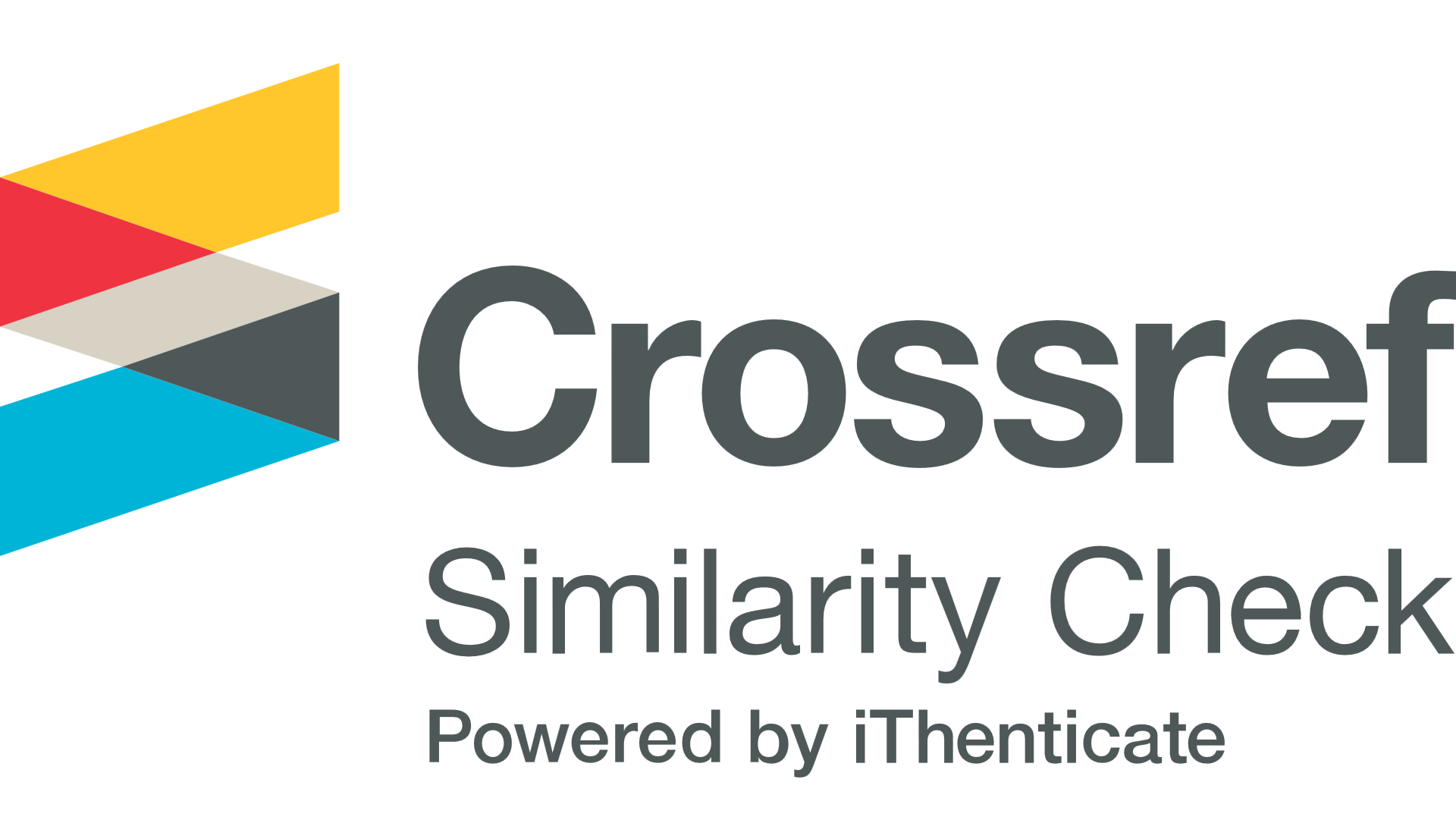Identification of inhame, macaxeira, and potentially sweet potential polyhyroxialcanoat riser bacteria
DOI:
https://doi.org/10.18593/eba.v19i2.20677Keywords:
Tuber, Microvirga flocculans, Biodegradable polymersAbstract
Yam, sweet potatoes and cassava are important cultures in northeastern Brazil once these tubercles are full of starch. Polyhydroxyalkanoates are biodegradable polymers made from starch used in the production of plastics. The objective of this work was isolate and identify bacterial communities with potential biotechnological applications from rhizosphere and surface soil of yam, cassava and sweet potatoes tubers. The bacterial cultures collection occurred through the removal of rhizosphere and surface soil from the tubers. After serial dilutions and soil sowing in culture medium, bacteria with distinct morphological characteristics were selected for analysis by colony PCR. Of the 214 bacteria analyzed, 11 samples were positive for phaC gene, a key factor for PHA synthesis. Nine bacteria showed satisfactory results for the production of PHAs granules after staining with Sudan Black. Among the bacteria positive in PCR and Sudan Black, eight were identified by sequencing to genus or species, such as: Pseudomonas, Bacillus, Agrobacterium, Stenotrophomonas, Cupriavidus e Microvirga flocculans. Microvirga flocculans was described first time in the literature as producing PHA. The application of colony PCR with Sudan Black staining was efficient and rapid selection of bacteria potentially producing PHAs from soil samples.
Downloads
References
Aragão GMF, Lindley ND, Uribelarrea JL, Pareilleux A. Maintaining a controlled residual growth capacity increases the production of polyhydroxyalkanoate copolymers by A. eutrophus. Biotechnology Letters. 1996;18:937-42.
Mesquita AS. Inhame na Bahia: A produção no caminho da competitividade. Inhame e Taro. Sistemas de Produção Familiar: INCAPER. 2002;279.
Hou WC. Antioxidant activities of dioscorin, the storage protein of yam (Dioscorea batatas Decne) tuber. J Agric Food Chem. 2001;(49):4956-60.
Valle TL. Mandioca de mesa, macaxeira ou aipim: a hortaliça negligenciada pelo Brasil. Instituto Agronômico. 2007;1-11.
EMBRAPA. Sistema de Produção da Batata-Doce. 2018
Bais HP. The Role of Root Exudates in Rhizosphere Interactions with Plants and Other Organisms. Annu. Rev. Plant Biol. 2006;233-266.
Oliveira CA. Diversidade bacteriana da rizosfera de genótipos de milho contrastantes na eficiência de uso de fósforo. Pesq. Agropec. Bras. 2009;44(11):1473-82.
Dantas JS. Interações entre grupos de microorganismos com a rizosfera. Pesq Aplic & Agrotecnol. 2009;2(2):1-10.
Romo DMR, Grosso MV, Solano NCM, Castaño DM. A most effective method for selecting a broad range of short and medium-chain-length polyhydroxyalkanoate producing microorganisms. Electron J. Biotechn. 2007;10:348-57.
Zinn M, Witholt B, Egli T. Occurrence, synthesis and medical applications of bacterial polyhydroxyalkanoate. Adv. Drug. Deliv. Rev. 2001;53:5-21.
Silva LF, Gomez JGC, Rocha RCS, Taciro MK, Pradella JGC. Produção biotecnológica de polihidroxialcanoatos para a geração de polímeros biodegradáveis no Brasil. Quim. Nova. 2007;30:1732-43.
Sheu DS, Wang YT, Lee CY. Rapid detection of polyhydroxyalkanoate-accumulating bacteria isolated from the environment by colony PCR. Microbiology. 2000;146:2019-35.
Gasser I, Muller H, Berg G. Ecology and characterization of polyhydroxyalcanoate-producing microorganisms and its plants. Fems Microbiol. Ecol. 2009;70:142-50.
Ramsay BA, Lomaliza K, Chavarie C, Dube B, Bataille P, Ramsay JA. Production of poly-(β-hydroxybutyric-co-β-hydroxyvaleric) acids. Appl Environ Microbiol. 1990;56:2093-8.
Sheehan HL, Storey GW. An improved method of staining leukocyte granules with Sudan Black. B. J Pathol Bacteriol. 1947;59:336.
Abbott, L. Soil biology basics. [Acesso em 05 dez 2018 ]. Disponível em: www.dpi.nsw.gov.au
Lima TCS, Grisi BM, Bonato MC. Bacteria isolated from sugarcane agroecosystem: their potential production of polyhydroxyalkanoates and resistance to antibiotics. Rev. Microbiol. 1999;30:214-24.
Carminatti C, Messane FE, Brandão MCZ, Pinheiro VR. Produção de Polihidroxialcanoatos (PHAs). Centro tecnológico – Universidade Federal de Santa Catarina. 2006.
Viallard, V, Poirier I, Cournoyer B, Haurat J, Wiebkin S, Ophel-Keller K, et al. Burkholderia graminis sp. nov., a rhizospheric Burkholderia species, and reassesment of [Pseudomonas] phenazinium, [Pseudomonas] pyrrocinia and [Pseudomonas] glathei as Burkholderia. Int J Syst Bacteriol. 1998;48:549-63.
Maieves HA. Caracterização Física, Físico Química e Potencial Tecnológico de novas Cultivares de Mandioca [dissertação]. Florianópolis: Universidade Federal de Santa Catarina; 2010.
Marschner P, Crowley D, Yang CH. Development of specific rhizosphere bacterial communities in relation to plant species, nutrition and soil type. Plant And Soil. 2004;199-208.
Steinbüchel A, Hein S. Biochemical and molecular basis of microbial synthesis of polyhydroxyalkanoates in microorganisms. Adv Biochem Eng Biotechnol. 2001;71:81-123.
Borges VSR. Controlo microbiológico de culturas mistas para a produção de PHA [dissertação]. Aveiro: Universidade de Aveiro; 2010.
Sudesh K. Synthesis of polyhydroxyalkanoate from palm oil and some new applications. Appl Microbiol Biotechnol. 2011;1373-86.
Pantazaki AA. Production of polyhydroxyalkanoates from whey by Thermus thermophilus HB8. Process Biochem. 2009;44:847-53.
Neves ALP. Uso de enzimas na extração de polihidroxialcanoatos sintetizados por Cupriavidus necator. [dissertação]. Florianópolis: Universidade Federal de Santa Catarina; 2009.
Yao J. Production of polyhydroxyalkanoates by Pseudomonas nitroreducens. Antonie Van Leeuwenhoek. 1999;75:345-9.
Boyandin AN. Biodegradation of Polyhydroxyalkanoates by Soil Microbial Communities of Different Structures and Detection of PHA Degrading Microorganisms. Appl Biochem Microbiol. 2012;48:28-36.
Zachow C, Tilcher R, Gberg G. Sugar beet associated bacterial and fungal communities show a high indigenous antagonistic potential against plant pathogens. Microb. Ecol. 2008;55:119-29.
Krueger CL. Seleção de linhagens de Bacillus produtoras de polihidroxialcanoatos a partir de resíduo do processamento de mandioca. [dissertação]. Florianópolis: Universidade Federal de Santa Catarina; 2009.
Downloads
Published
How to Cite
Issue
Section
License
Copyright Statement
The authors retain the copyrights and grant the Journal the right of the first publication, with the work being simultaneously licensed by a Creative Commons - Attribution - Non-Commercial 4.0 International License.

































